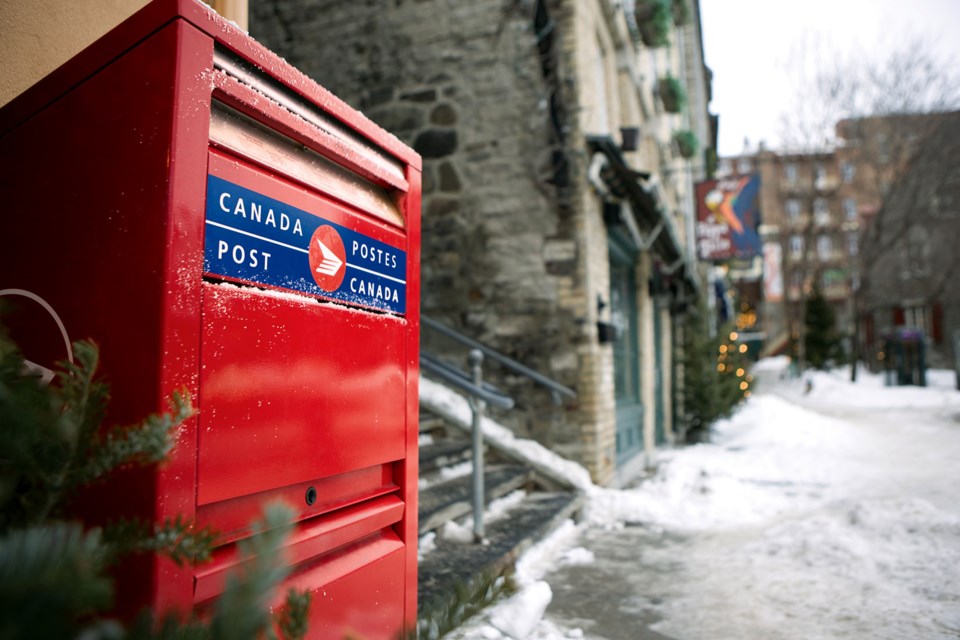Can Tri-City residents live without daily mail service or are they willing to pay more for home delivery or faster delivery?
Could delivering recreational marijuana — if cannabis is legalized — help make up for losses in letter mail and ad mail?
These questions and more are on the agenda as the House of Commons government operations committee begins a cross-country consultation on what Canadians expect from their national postal service.
According to findings of a task force released this month, Canada Post is on its last legs without a drastic overall of its costs and revenue model. Losses as high as $100 million are expected in 2016, and that's the optimistic outlook, according to financial forecasts, with the Crown Corporation possibly needing to borrow as much as $2.9 billion by 2026 to stay afloat, exceeding its borrowing limit of $2.5 billion.
The reasons are many: from declining revenue as fewer people use snail mail and ad mail (the parcel business is still a profit centre) as well as higher costs for wages and pension benefits.
Much of the future of Canada Post depends on what Canadians say to the committee and any major changes would require a drastic overhaul of the Canadian Postal Service Charter.
So far, surveys suggest Canadians are aware of Canada Post's troubles and they support business initiatives but there is still division on keeping home delivery for those addresses not already converted.
Ending home delivery except for people with mobility issues would save $400 million, according to the task force, including those 830,000 addresses already converted, but benefits are reduced in high-density urban areas where there are already fewer walking routes.
One idea floated is to make people pay for home delivery, which could cost $88 to $124 a year or more, depending on how many people purchase the service.
Surveys also suggest that Canadians want Canada Post to continue and are willing to put up with a number of changes. Among the ideas being offered for discussion include: converting high-volume post offices to franchise outlets; switching to alternate-day delivery; further streamlining operations; raising the price of stamps; and pursuing other business opportunities.
Any further changes require meaningful consultation, and with the task force heading out across the country, it will be up Canadians to state loudly and clearly what they want their postal service to provide and how much they are willing to pay for it.



